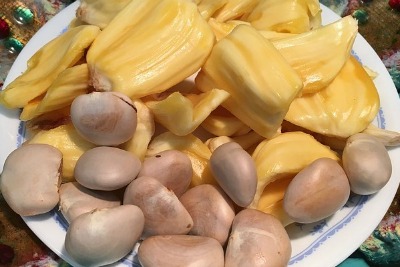In conventional methods, sexual propagation is with the use of seeds or spores.
Seeds are used in the spermatophytes or seed-bearing plants while spores are used in the seedless, spore-producing ferns and allies and the bryophytes.

The descriptive word “sexual” is attached to this type of propagation because the union of the male and female sexual gametes (the process is called fertilization) is a requisite in the production of the seed or in the development of a new plant from a spore.
The certainty of sex in plants was established by Camerarius in 1694 (Poehlman, 1977).

